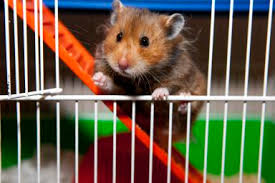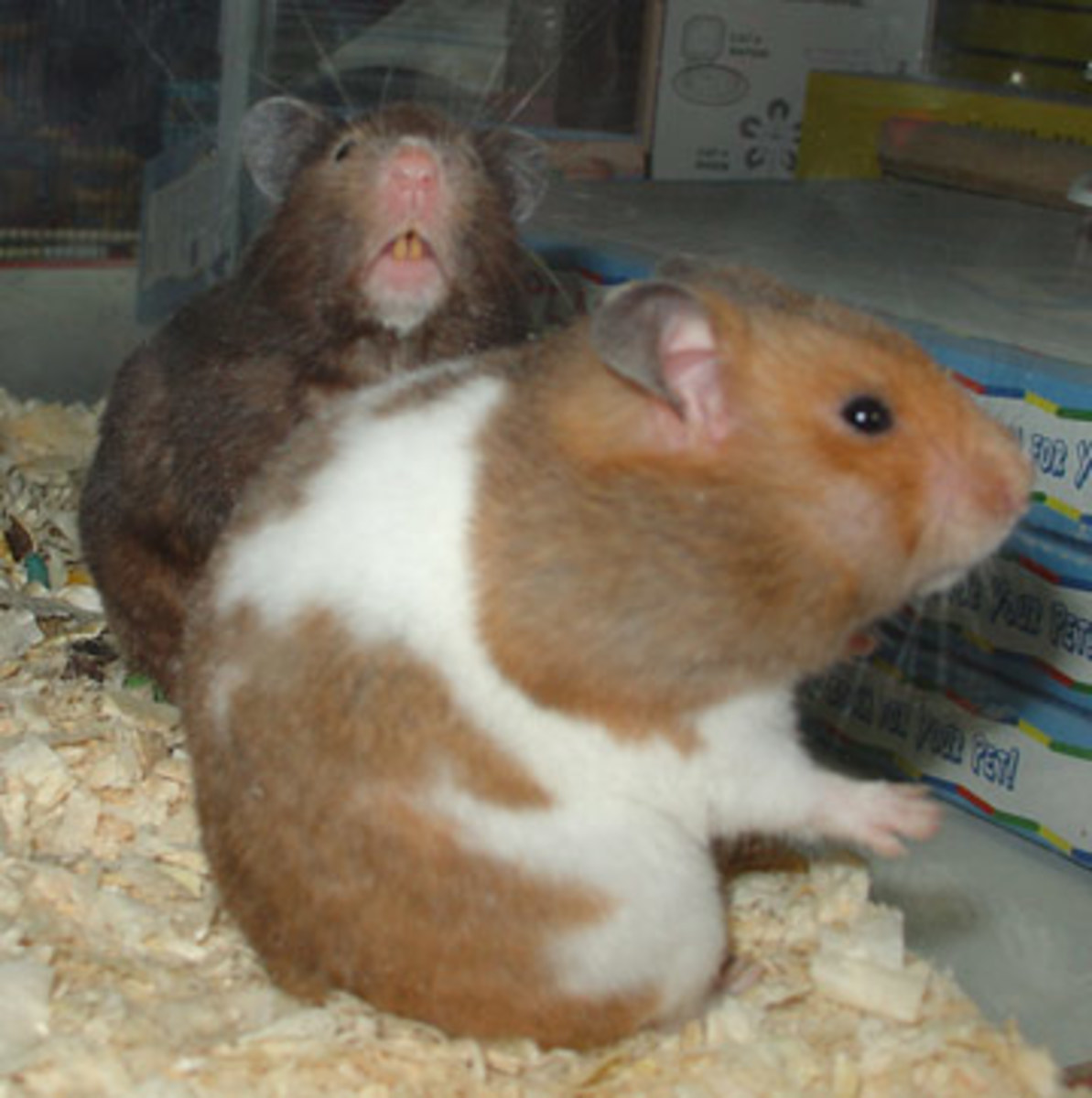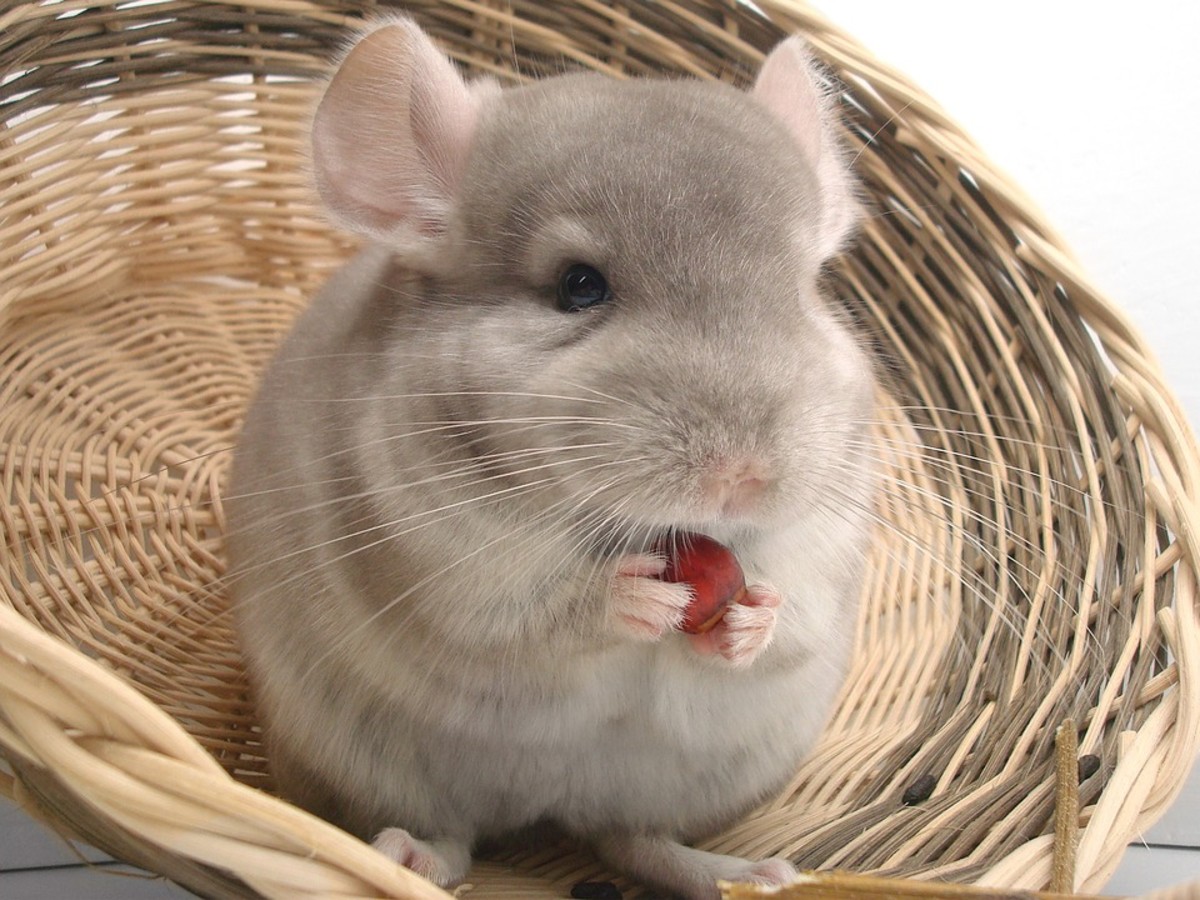Top 10 Facts About Hamsters
Hamsters are small sized rodents that are pretty cute and adorable. They are quite distinct from the remaining species of rodents owing to their small ears, stubby legs and short tails. They are ideal house pet and are popular among both children and aged people. They come in various skin colours red, yellow, white and so on. Some of the fascinating hamster facts and information can be browsed below:

- Habitat: Hamsters are basically native to Syria, though they are also found in nations like China, Belgium, Romania and Greece. In natural habitat, it prefers to reside in dry and warm areas like desert edges, sand dunes and steppes. It was introduced in United States in the year of 1936. Normally they are found in the jungles where they dig up small tunnels to live peacefully. Hamster confined to cages must be provided with clean bed that must be cleaned and sanitized on a periodic basis.
- Size: This rodent arrives with diverse sizes according to the species. Hamsters belonging to the European species can grow up to the extent of 34 centimeters. Dwarf hamsters as the name indicates can witness physical growth till two to four inches long. It is only the Syrian hamsters that normally grow up to six inches long. So for confining these Syrian hamsters, it is better to opt for a cage having large areas so as to enable them to roam freely.
- Diet: These rodents mainly prefer to consume vegetables, fruits, cracked corn, nuts, grains and seeds. They also like to eat lizards, frogs and other smaller creatures. The diet of a captive hamster must comprise fat of five percent and protein of sixteen percent. One of the amazing hamster facts is that their cheeks have pouches to store food. Domestic hamsters often store food inside the cage bedding. There is no harm to feed them with cooked food once in a week but over feeding must be avoided as that may cause it to suffer from problems like diarrhoea.
- Habits: These rodent species are nocturnal in nature which implies that they sleep during daytime and roam in the dark night. Hamsters can survive in wild environment through digging burrows for the purpose of breeding and living. There they can store food and it keeps them cool during hot climates. Domestic hamsters normally prefer to exercise a lot in the spinning wheel during the night time.
- Lone ranger: Hamsters normally prefer solitude but there are certain breeds that are very social. They are ready to accept humans but cannot accept other animals including their own species. Syrian hamsters for instance do not prefer to stay with other hamsters as they are quite territorial and must be avoided to be confined in cage with other hamsters. It will either kill or bite other hamsters. Dwarf hamsters are very social and amiable.
- Hibernation: Hamsters living in wild environment usually hibernate when the weather becomes quite cold. They periodically wake up from the hibernation to eat. Until there is enough stock of food they shall wait for the appropriate time for hibernation.

Which is your Favorite Breed of Hamster?
- Offspring: Female and male hamsters do not waste much time for mating with one another. When they are confined in a cage, female hamster will become pregnant immediately with the gestation period lasting for fifteen to twenty days. On an average, a female hamster gives birth to seven litters but sometimes it gives birth to 24 litters at a single time. Hamsters normally breed during summer and spring seasons.
- Susceptible to cold: Hamsters are very much vulnerable to the cold infections as they can easily catch them while staying with humans. So once you are infected with cold, it is better to avoid visiting your pet hammy. Once it is infected with cold then it takes long time to recover. Domestic hamsters must be kept in moderate environment.
- Poor visual sight: Hamsters normally suffer from poor vision and during the pup stage they are unable to unveil eyes for a duration of two weeks. In the later stages they have to rely on the scent glands which help them to trace and identify routes quite easily.
- Ever-increasing teeth growth: The teeth of a hamster never cease to grow and so it always prefers to chew and grind whatever is presented before it. Without chewing it will be impossible for them to open up the mouth due to non-stop growth of teeth.
Learn to draw hamsters here.






